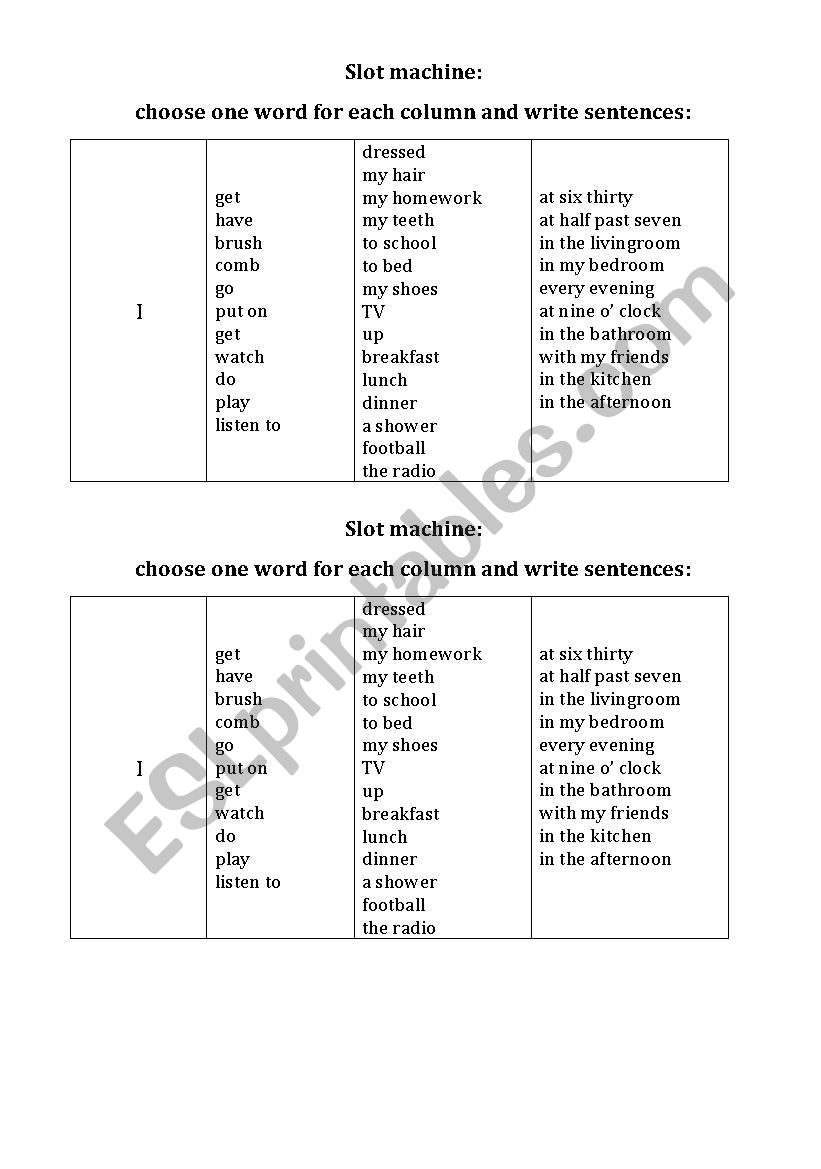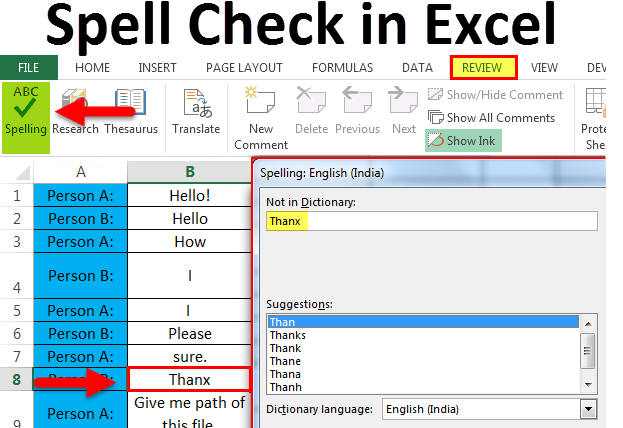Word Slot Used In A Sentence

Lot definition is - an object used as a counter in determining a question by chance. How to use lot in a sentence. Synonym Discussion of lot. Slot definition: 1. A long, narrow hole, especially one for putting coins into or for fitting a separate piece into.

A simile is a figure of speech that compares two different things in an interesting way. The object of a simile is to spark an interesting connection in a reader's or listener's mind. A simile is one of the most common forms of figurative language. Examples of similes can be found just about anywhere from poems to song lyrics and even in everyday conversations.
Similes and metaphors are often confused with one another. The main difference between a simile and metaphor is that a simile uses the words 'like' or 'as' to draw a comparison and a metaphor simply states the comparison without using 'like' or 'as'.
An example of a simile is: She is as innocent as an angel. An example of a metaphor is: She is an angel. Do you see the difference? The simile makes a direct comparison, the metaphor's comparison is implied but not stated.
Similes in Everyday Language
Similes are used in literature to make writing more vivid and powerful. In everyday speech, they can be used to convey meaning quickly and effectively, as many commonly used expressions or idioms are similes.
For example, when someone says 'He is as busy as a bee,' it means he is working hard, as bees are known to be extremely busy. If someone says 'I am as snug as a bug in a rug,' they mean that they feel very comfortable and cozy or are tucked up tight in bed.
Some other well-known similes you will often hear are:
- As cute as a kitten
- As happy as a clam
- As light as a feather
- As blind as a bat
- As bold as brass
- As bright as a button
- As shiny as a new pin
- As cold as ice
- As common as dirt
- As cool as a cucumber
- As hard as nails
- As hot as hell
- As innocent as a lamb
- As tall as a giraffe
- As tough as nails
- As white as a ghost
- As sweet as sugar
- As black as coal

As with a lot of figurative language, when talking to someone from another region or someone not speaking in their native language they might not get the meaning of many similes.
Similes Add Depth to Writing
Similes can make our language more descriptive and enjoyable. Writers, poets, and songwriters make use of similes often to add depth and emphasize what they are trying to convey to the reader or listener. Similes can be funny, serious, mean, or creative.
Following are some more examples of similes regularly used in writing:
- You were as brave as a lion.
- They fought like cats and dogs.
- He is as funny as a barrel of monkeys.
- This house is as clean as a whistle.
- He is as strong as an ox.
- Your explanation is as clear as mud.
- Watching the show was like watching grass grow.
- That is as easy as shooting fish in a barrel.
- This contract is as solid as the ground we stand on.
- That guy is as nutty as a fruitcake.
- Don't just sit there like a bump on a log.
- Well, that went over like a lead balloon.
- They are as different as night and day.
- She is as thin as a rake.
- Last night, I slept like a log.
- This dress is perfect because it fits like a glove.
- They wore jeans, which made me stand out like a sore thumb.
- My love for you is as deep as the ocean.
- I am so thirsty that my throat is as dry as a bone.
Similes in Classic Literature
Examples of similes can be seen in classic literature, such as in the poem 'A Red, Red Rose' by Robert Burns:
'O my Luve is like a red, red rose That's newly sprung in June; O my Luve is like the melodyThat's sweetly played in tune.'
Another example of a simile can be found in Shakespeare's Romeo and Juliet. When Romeo talks to Mercutio before the Capulets' party, he makes the following comparison about love:
'Is love a tender thing? It is too rough, too rude, too boisterous, and it pricks like thorn.'
Similes in Song Lyrics
Word Slot Used In A Sentence Fragment
Similes can often be found in song lyrics, as they let you convey deeper meaning with fewer words. For example:
- My heart is like an open highway. - 'It's My Life,' Bon Jovi
- It's been a hard days night, and I've been working like a dog. - 'A Hard Day's Night,' The Beatles
- And it seems to me you lived your life, Like a candle in the wind. - 'Candle in the Wind,' Elton John
- You're as cold as ice. - 'Cold As Ice,' Foreigner
- Steady as a preacher, Free as a weed - 'American Honey,' Lady Antebellum
Similes in Slogans
You'll even find that similes have been used in popular ads and company slogans over the years, such as:
- Chevrolet: Built Like A Rock
- Doritos: Tastes Like Awesome Feels
- State Farm: Like A Good Neighbor
- Almond Joy / Mounds: Sometimes you feel like a nut, sometimes you don't.
- Honda: The Honda's ride is as smooth as a gazelle in the Sahara. Its comfort is like a hug from Nana.
Get Creative with Similes
Similes are a great tool to use in creative language and are fun to come up with. They not only make what you are writing or saying more interesting, but they can often intrigue the reader as well. When creating your own similes, watch out for cliches though and try to go beyond the obvious comparisons.
For a long list of common similes, check out the easy-to-remember examples at Simile Examples for Kids. We also have great examples of similes used to good effect in poems. When you've finished your simile education, explore other uses for like and as.
Colons are a totally misunderstood punctuation mark. Many of us have totally forgotten what we learned about them — if we ever did. We usually do what we see others do, figuring it must be right. Sometimes it is. Sometimes it isn’t.
We know they help introduce lists, but there are rules for whether the list is within a sentence or dropped down below into a series of bulleted items.
In American grammar, there are three major rules you need to know for basic business writing, and I’m willing to bet you’ll be surprised when you read the rules, especially #1.
#1: Lists Within a Sentence
You must have a complete sentence in front of a colon used to introduce a list within a sentence. Do not put a colon after any word, such as most verbs or prepositions, that cannot logically end a sentence.
Word Slot Used In A Sentence Phrase
YES:There will be some new people at the meeting: Paul, Sarah, and Jean.
YES:I still need many items for my party: appetizers, desserts, silverware, and dishes.
YES:John has visited a lot countries recently: Peru, Argentina, Brazil, and Ecuador!
The colon may be used in the above examples because the underlined words are complete sentences that could be punctuated with an end mark.
YES: The new people who will be at the meeting are Peter, Sandra, and Juan.
This one is simply a complete sentence without the colon.
NO: The people who will be at the meeting are: Peter, Sandra, and Juan.
NO: The silverware set consists of: knives, forks, and spoons.
Word Slot Used In A Sentence Commuted
The two above cannot contain a colon because we would never end a sentence with “are” or “of.” To properly write those two, simply remove the colon.
#2: Bulleted Lists
Word Slot Used In A Sentence Starters
When introducing a bulleted list, you may use a complete sentence or a phrase that ends with a preposition or a verb in front of the colon.
Full-sentence style
The accountant needs some information from us:
1. Last year’s sales figures
2. Last year’s profit figures
3. This year’s projections
Incomplete-sentence style
The accountant wants us to provide:
1. Last year’s sales figures.
2. Last year’s profit figures.
3. This year’s sales projections.
Bulleted lists are considered a little less formal, so there is no right or wrong way to introduce them.
#3: Punctuating Bulleted Lists
If the each line item in the list logically ends what comes before the colon, or if each line item is a complete sentence, place an end mark after each (not commas or semicolons); otherwise, use nothing.
Each item in the list below is a complete sentence, so it must have an appropriate end mark of punctuation.
Before we can sign off on the budget, there are some questions to be answered:
1. Does Lisa have the final monthly expense figures?
2. Has Deborah faxed the draft to the Governor for initial approval?
3. Has the printer given us the deadline for printing 2,000 copies?
The items in the list below are not complete sentences, but each could finish the incomplete sentence that is in front of the colon.
The accountant wants us to provide:
1. Last year’s sales figures.
2. Last year’s profit figures.
3. This year’s sales projections.
However, if the items in the list are very short, sort of like a shopping list, use no punctuation.
The people who will be at the meeting are:
Peter Jones
Sandra Brown
Juan Alvarez
Ellen Smith
And yes, believe it or not, we are supposed to capitalize the first word in each of the bulleted items.
Help me help you! Did anything above make sense? No, I don’t mean, “did you like it?” I’m sure many readers will be unhappy with Rule #1, but it is the standard for American grammar.
BUT
If your boss absolutely, positively hates Rule #1 and must have the colon inside a sentence — OK. I don’t want anyone losing a job or getting a boss upset over a rule that will neither embarrass nor confuse anyone. Once in a while, grammar butts heads with common sense or real life, and grammar usually loses.